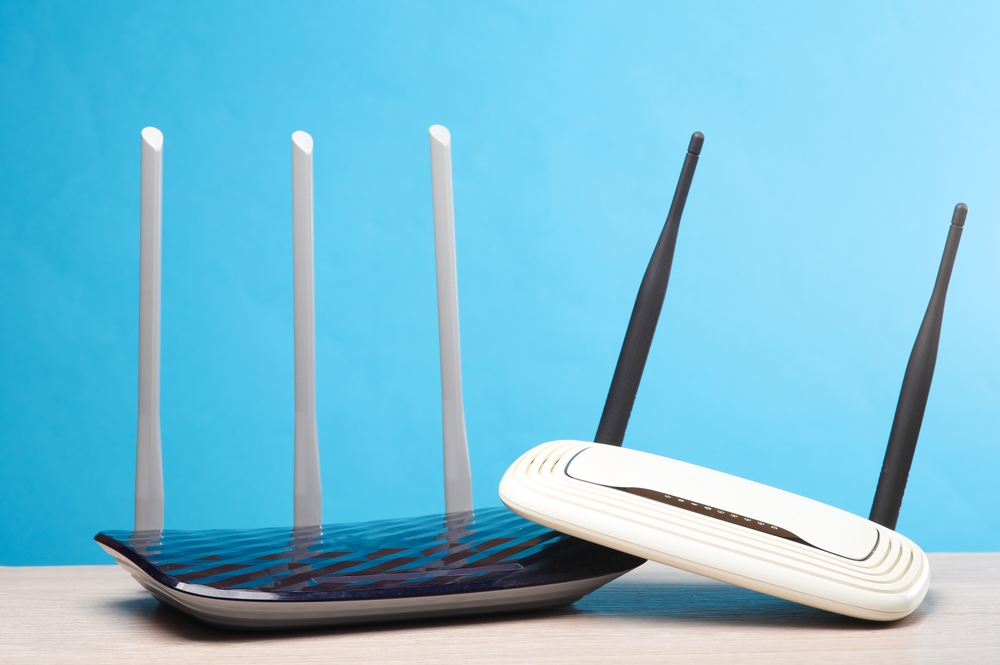In the fast-paced world of broadband internet, technologies like fiber optics and 5G often grab the headlines, leaving DSL (Digital Subscriber Line) seemingly like a relic of the past. However, dismissing DSL could be premature. Despite the rise of faster alternatives, DSL continues to play a crucial role in today's internet landscape, especially in rural and underserved areas where other forms of broadband are unavailable. Here’s why DSL internet still matters and shouldn’t be written off just yet.
What Is DSL?
DSL is a type of internet connection that transmits data over the traditional copper telephone lines already installed in many homes and businesses.
DSL is not the same thing as “dial-up internet,” which you may remember from the earliest days of the web. Unlike dial-up, DSL allows users to use the internet and the phone line simultaneously, which was a significant upgrade when it first became available. It delivers a reliable and constant internet connection by utilizing the higher frequency bands of phone lines, leaving the lower frequencies for voice calls without interference.
Why DSL Still Matters
With more modern connection options like cable and fiber on the market, we talk less often about DSL. But the fact is that DSL still matters: It’s widely available, generally fairly priced, and covers wide land areas in places where cable and fiber simply are not available.
DSL Is Fast Enough
Although DSL speeds are generally lower than those of newer broadband technologies like cable and fiber optic, they remain sufficient for many everyday online activities, such as streaming, browsing, and downloading. For most users, DSL is still fast enough!
DSL Is (Almost) Everywhere
Any household that can have a wired phone connection can effectively have a DSL internet connection, which is a big deal in many parts of the country. If you’re used to cable or fiber in the city, you may find that moving to the country will get you reacquainted with DSL!
DSL may not be as fast as fiber or cable, but it’s the most accessible internet connection in rural America because of its phone-based infrastructure. As internet service providers (ISPs) eye their existing DSL footprints for potential fiber upgrades, what seems like an island market with only DSL could see vast improvements in the years to come.
DSL Is Relatively Affordable
DSL typically hovers between $20 and $55 per month, which is notable because other, faster types of internet connections, such as fiber and cable, fluctuate immensely in price depending on location. Fiber internet, for instance, can cost as little as $30 per month or as much as $299 per month, depending on where you live and the ISP that owns the network.
DSL, along with fixed wireless, is one of the most consistent types of internet, and it hovers in the same general price range regardless of location.
Why Pick DSL Over Other Types of Broadband?

Generally speaking, we recommend cable and fiber internet to most users — provided, of course, that those connection types are available in your area! But there are reasons why you might want to consider DSL, even if you have access to more modern connection types.
Don’t Pay for Speeds You Don’t Need
DSL is not designed to be faster than 300 Mbps, but many providers offer plans with speeds up to 100 Mbps. Your internet would probably not be fast enough for online gaming, but it would offer plenty of speed to stream movies, conduct video calls, or check your email. If you’re doing “light” online activities like those, DSL is a solid choice.
Keep Costs Low
The average monthly cost of internet service in America ranges between $40 and $90. DSL’s most expensive packages slide into home plate at around $55 per month, which places it in the bottom half of the range. If you know you’re not using the internet intensively and you want to save some money on your monthly utilities, that’s another one-up for DSL.
Get What’s Available
Perhaps the most significant upside to a DSL connection is that it’s the most reliable internet option in rural America. Some of the most abundant DSL connections across the country are in the Four Corners states of New Mexico, Arizona, Colorado, and Utah.
Even in places where there is significant distance between households or communities, DSL’s historic infrastructure means you can have access to the internet as long as you can have a phone line.



